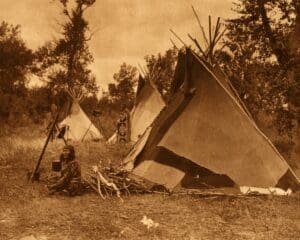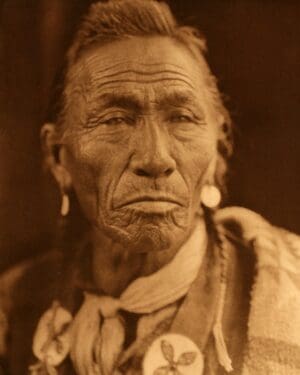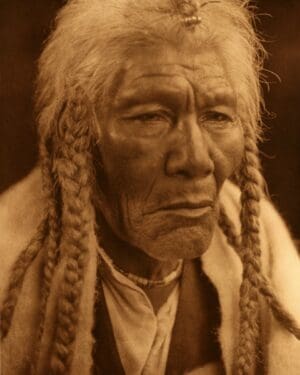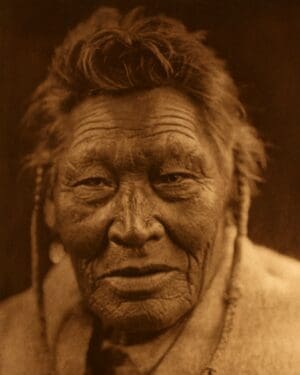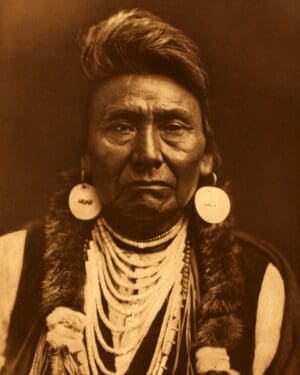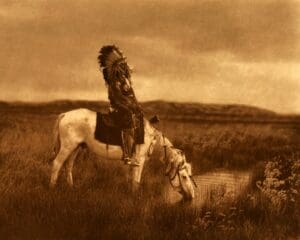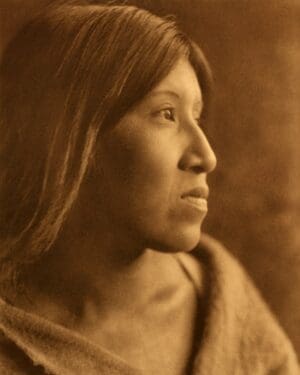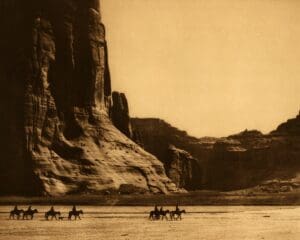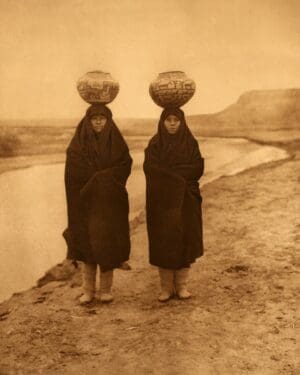Tsuut'ina / Sarsi Native Americans
Tsuut’ina Nation / Sarsi Indian Photos by Edward S. Curtis
Tribal Summary
Dress
Tsuut’ina costumes for men and women differed in no wise from the often described garments of the Plains Indians. The men still arrange the hair in a braid at each side, and another of the front hair thrown back over the crown. Women part it in the middle and let it hang loose and unkempt at the sides of the face.
Dwelling
The tipi-poles were preferably spruce, the number depending on the size of the structure. Fifteen buffalo-skins were required for the cover of an average lodge, and six for the lining. Tipis painted to conform with a dream were numerous, and were supposed to bring the owner good luck. The sudatory was of the Plains type.
Food
Typical plainsmen, the Tsuut’ina subsisted principally on buffalo, which they decoyed into pounds, or stampeded over declivities, or shot from horseback. Deer were stalked by a hunter wearing the stuffed skin of a deer’s head and neck, and antelope were made approachable by indulging in grotesque antics. Moose and elk were less frequently hunted; mountain-goats and mountain-sheep were sometimes killed in the Rocky mountains. Many of the smaller quadrupeds of the country, including some carnivores, were regarded as good food. The principal vegetal foods were service-berries, chokecherries, parsnips, and blueberries. Other edible products of the soil were cranberries, cornel-berries, rosehips, lily corms, and numerous unidentified fruits and roots. The great staple was pemmican, a mixture of pounded dried meat, tallow, and dried berries.
Showing all 4 results

